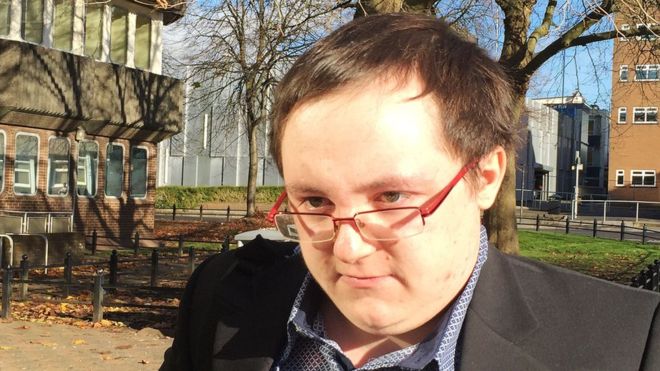Many panelists at last week’s Americas Lodging Investment Summit (ALIS) suggested that North American lodging demand is due for a slowdown and that the best development opportunities now lie outside of the so-called gateway cities where demand has been the highest in recent years.
While 2015 marked record-high U.S. hotel room demand, doom and gloom prevailed, with terms like “clouds on the horizon,” “stench in the economy,” “pullback at the end of the year,” and references to an up-cycle that’s “long in the tooth” peppering comments from conference panelists.
Part of that mood might have been influenced by missing attendees; while a record 3,000 people registered for the event, attendance was thwarted somewhat by the East Coast storms that forced the cancellation of many westbound flights.
Specifically, the combination of recent stock-market volatility — the result of China’s chaotic economy and plunging energy prices — coupled with the continued growing strength of the dollar, which is reducing the affordability of inbound travel from overseas, had many of the conference’s analysts, hoteliers and developers voicing concern.
And while attendees noted that hotel room supply growth remains slow relative to historic levels, the growth of Airbnb continues to be a worry for hoteliers, especially for those operating in larger cities where the home listing service has been most invasive.
“There are definitely some winds swirling,” Hilton Worldwide CEO Christopher Nassetta said on an ALIS panel last Tuesday. “There are a lot of things happening in the world causing a lot of people to put the caution flags up.”
Marriott International CEO and fellow panelist Arne Sorenson, referencing the recent stock market volatility, said, “Yesterday was a disaster, today was huge, last week was more of the same dynamic. Everybody looks at that and asks, ‘Are you seeing that somehow in your business?’”
Paradoxically, those questions were being asked in the wake of the strongest U.S. lodging year on record, according to STR. U.S. revenue per available room (RevPAR) rose 6.3% from a year earlier. While that marked a slowdown from 2014’s 8.3% RevPAR growth rate, it reflected room rates that rose 4.4%, to $120 a night, and an occupancy rate that advanced 1.2 percentage points, to 65.6%.
Moreover, STR’s figures suggest that the best bets for hotel-demand growth are outside of the coastal cities and, in some cases, north and south of the U.S. border. New York City’s RevPAR fell 1.7% last year (only Houston’s 3.3% RevPAR drop from the energy crash was worse) as room supply grew and international tourism slowed, while Airbnb listings might have whittled away some demand. San Francisco’s RevPAR growth slowed to 7.5% from 13% the year prior.
Meanwhile, southern U.S. markets flourished, hinting that developers might do best by investing in markets where employment is steady and a drive-market contingent accounts for most tourism dollars. In Florida, Tampa/St. Petersburg’s 14% RevPAR jump was the fastest of the largest 25 U.S. markets, while Phoenix and Nashville had a 13% and 11% RevPAR increase last year, respectively.
“The consumer’s not feeling great, but he or she is feeling just good enough to spend a little money,” said economist and former White House senior adviser Todd Buckholtz during one of ALIS’s keynotes. “So the hotels and motels that are conveniently located and make their living off of these [drive-market] destinations are probably in a pretty good position and at less risk than the so-called gateway areas.”
Additionally, the strengthening dollar and rising room rates in cities such as Miami, Seattle, Honolulu and even the Caribbean are pushing some prospective travelers to Canada and Mexico. Cancun saw an 82% occupancy rate in 2015, while last year’s announcement of a Ritz-Carlton slated for Mexico City in 2019 reflected that locale’s draw for higher-end travelers, both leisure and business, Mark Lunt, hospitality leader for EY’s (formerly Ernst & Young) southeast, Latin America and Caribbean region, said in a round-table discussion.
Meanwhile, Vancouver’s RevPAR spiked 18% last year, largely on travelers who would otherwise have visited Seattle, said Carrie Russell, managing director at HVS Canada, in a separate round-table discussion. She added that lodging demand in Alberta’s Banff and Jasper areas was also up.
Still, there were some signs of continued optimism for the U.S. lodging industry. Hilton used the event to tout its new Tru midscale brand via a full-scale model of the concept’s lobby area and guest room and said it had already reached agreements to open more than 100 properties throughout the U.S.
“What we’re reporting isn’t what it used to be, but it’s still pretty good,” said ALIS panelist and STR Senior Vice President Jan Freitag. “We’re all going to make money in this environment.”
[Source:- travelweekly]












